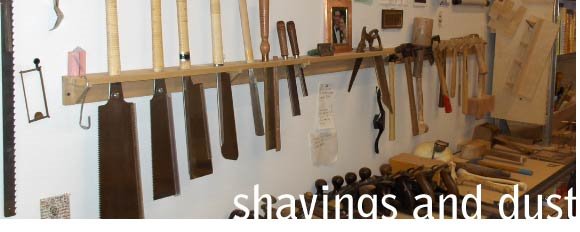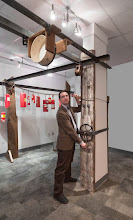I am not within a hundred miles of Detroit.
Yesterday, though, I was within a hundred miles of the village of Takayama in the Gifu Prefecture. We were staying in Nagoya for a couple of nights because a pretty special museum has been created in Takayama and we felt like it was worth the trip.
There were two basic types of domestic dwellings in historic Japan: The machiya, or town house and the noka, or farm house. We saw a LOT of machiya in Kyoto, as well as in other places here, but we had not really seen the noka style, in part because farm houses tend to be out on farms, you know, and hard to get to. Also, there do not tend to be a whole lot of them left.
Nevertheless, it is an important building type when talking about traditional Japanese architecture, adn we felt strongly that we needed to see them. In a lot of ways, noka help make sense of the development of Japanese buildings.
There is a school of thought (often contested) that rather than building out of wood, architecture came from the practice of weaving. The reason that some people contest this is that weaving is seen as "women's work," while building is "man stuff." as clearly poppycock as this is, there have been heated articles published on both sides of this (well, heated for architectural historians, anyway.) The thing is, that we had built structures before we learned to smelt metal. And when you look at yurts and tipi and Bedouin tents, you see very plainly (I think) that weaving and fabric were almost certainly the precursor to wood and iron in the built environment.
I am not an architectural historian, though, and my understanding of the whole debate is pedantic at best. The point of all of this is that when you look at noka houses, you see a really interesting overlap of wood construction and weaving. And I think that is very very cool.
The reason I invoked the Henry Ford at the beginning of this post is that one of the things that the man after whom the museum is named undertook was to dismantle buildings that he thought were important to the history of America and move them all onto the grounds as a village, Greenfield Village. It is pretty amazing. The original Manlo Park is there, all set up, and a turn of the century steam-powered machine shop, which as you can imagine I just love.
So Takayama has the same thing, but with roka houses called Hida No Sato or the Hida Folk Village. There are around 30 buildings, moved there from all over the Hida Prefecture and lovingly reassembled for visitors to view. It really is worth the two-hour train ride.
Far from being mouldy old houses, these structures are lovingly kept in good repair, and fires are lit in each one every day because, as the literature says, a hearth fire keeps the house vital, and prevents rot and decay. True for so many things, don't you think?
So we went up there, the train taking us out of Nagoya and up up up into the mountains, which here are impossibly steep. A river pounded its way to the sea as we went against it, up to Nagoya.
One of the things I love about vernacular architecture is the way that tool marks are left visible. The presence of adz marks and chisel marks keeps the maker present all the time, and the Japanese tendency to maintain the "tree-ness" of the beams makes for a really lovely environment, I think.
Here are some photos, though they really don't do it justice.
 |
| A thatch=roofed roka house |
 |
| The central hearth. I am in love with the mechanism for adjusting the height of the kettle. |
 |
| I mean really, how could you not want this to be the view from your living room? |
 |
| Inside of a roof. Weaving and sewing and wood work. |
 |
| This is a ladder that goes up into the roof that is carved out of a log. Lovely. |
 |
| A very labor-intensive way to make planks. |
 |
| Planks form a log |
 |
| Another lovely view. |
 |
| Jointery. |
 |
| Logs on a sledge ready to be pulled to a work site. |
 |
| This beam was reused from somewhere else, and still bears the joints that were cut in it before. Wabi-sabi. |
 |
| A double hammer water mill for grinding rice. I love that the forked stick is a double trough. |


2 comments:
Wow! I have so enjoyed your posts during your amazing travels. Thank you for sharing your journey and all the incredible, beautiful design of it all! Cheers, Stephanie Vasta
Thanks, Stephanie! It sure is a blast!
Post a Comment